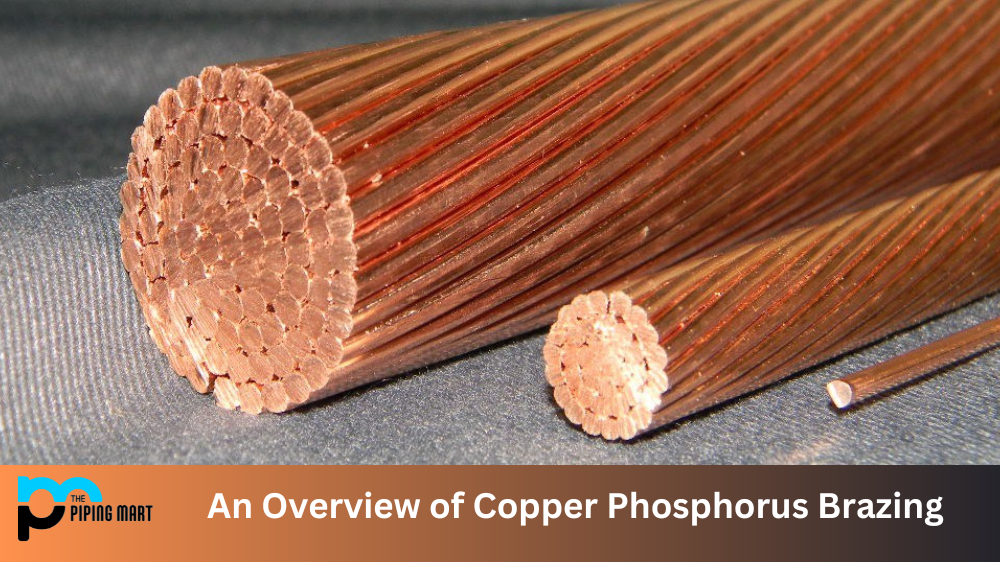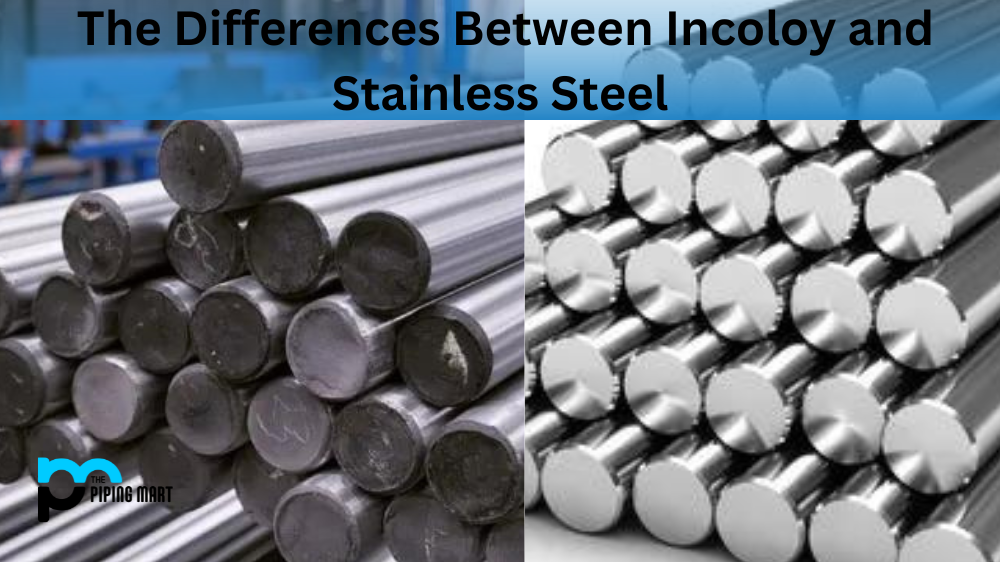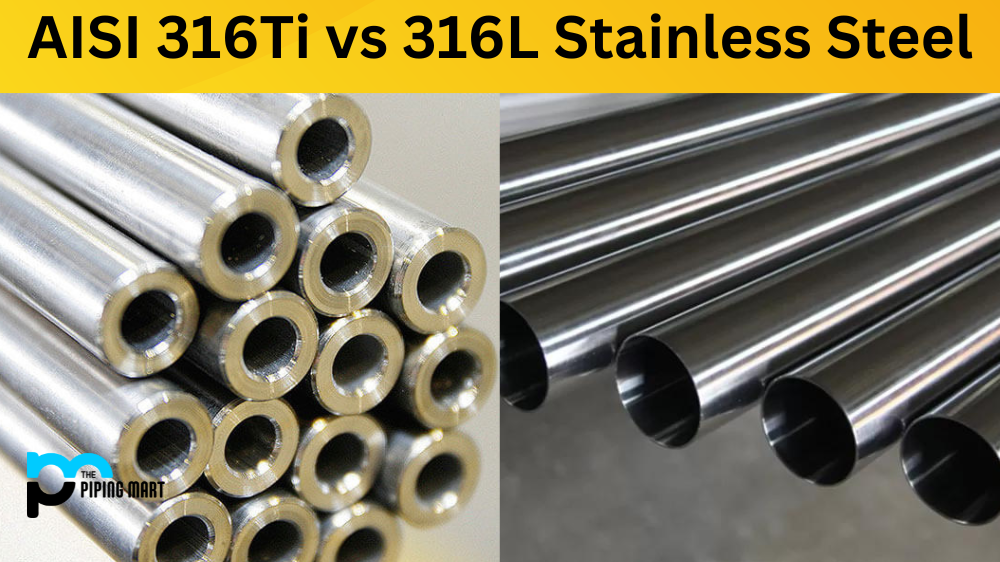Due to its high conductivity, copper wire is a common component in electrical wiring, circuit boards, and other electronics. It’s also relatively inexpensive and easy to work with. In this post, we’ll discuss the properties of copper wire, including its diameter and resistivity.
What is Copper Wire?
Copper wire is a thin piece of metal used to carry an electrical current. The most common type of copper wire is known as solid-core copper wire, which has a single strand of copper running through it. This type of copper wire is often used in homes for wiring appliances and connecting outlets.
Diameter of Copper Wire
The diameter of copper wire can vary depending on the type you are using. Generally speaking, solid-core copper wire has a diameter between 0.5mm and 2mm depending on its gauge (the lower the gauge number, the thicker the wire). Your size will depend on the amperage capacity needed for your application.
Resistivity of Copper Wire
Resistivity measures how easily an electrical current flows through a material. This property is important when considering materials for use in electronics applications because resistive materials tend to heat up quickly when used in circuits with a high current flow – which can cause damage to components or even fire hazards if not managed properly. Resistivity of copper wire 20° C (68° F) is 1.77 × 10–8 ohm-metre, or 1.77 × 10–6 ohm-centimetre. Copper has one of the lowest resistivities among metals, making it ideal for circuits requiring higher currents or longer runs between components. The resistivity of copper varies slightly depending on the temperature but generally remains low even at higher temperatures.
Conclusion
Copper wire is essential for many electronics projects due to its high conductivity and low cost. It has many uses, from wiring home appliances to creating circuits in industrial machinery. As discussed above, its diameter can vary from 0.5mm up to 2mm depending on usage requirements. At the same time, its resistivity remains low even at higher temperatures making it ideal for high-current applications or long runs between components without worrying about overheating issues or fire hazards. When selecting material for your next project, consider all factors including cost-effectiveness, performance requirements, and safety standards before making your decision!
Sakshee is a talented blogger, with a particular focus on the Business and Metal Industry. She is passionate about sharing her insights on various metal products and helping professionals to make a better decisions.




